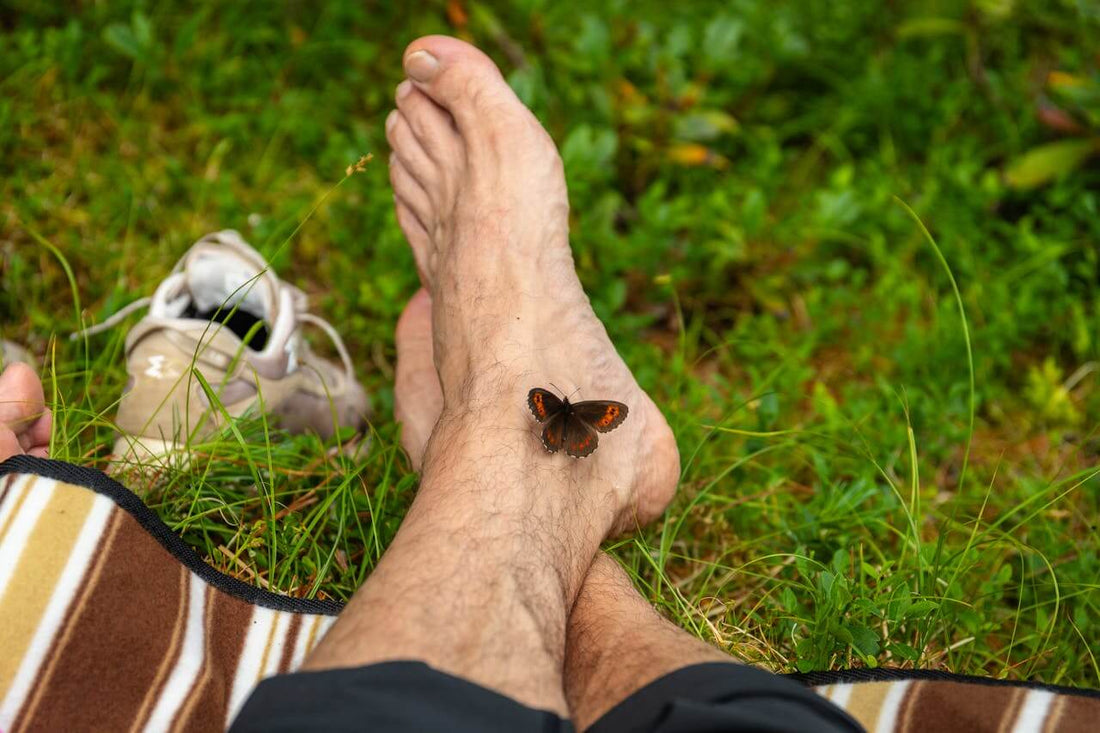
How Grounding Improves Your Overall Health
Inie GeronimoLife today can feel overwhelming. With work, screens, and everyday stress, it’s easy to feel off balance. Grounding therapy, also called earthing, is a simple way to feel more connected—to yourself and to nature. This guide breaks down what grounding is, how it works, and how it might improve your mental and physical health.
What Is Grounding Therapy?
Grounding is the practice of physically connecting with the earth. You can do this by walking barefoot on grass, dirt, or sand. There are also grounding tools like mats and sheets that bring the same effect indoors. The idea is that the earth carries a natural electrical charge, and when you touch it, your body can take in those electrons. This may help reduce stress and support better health.
It’s not just about walking barefoot. You can sit or lie down on natural ground, or use grounding products that connect you to the earth even while indoors. These help lower static charge and support a healthier body.
How Grounding Works
Our bodies are meant to be in touch with nature, but things like shoes with rubber soles, buildings, and electronics keep us disconnected. Grounding lets your body soak in free electrons from the earth, which may balance out harmful free radicals—molecules that can cause stress and damage in your body.
This is why grounding is believed to help reduce inflammation, boost healing, and support overall well-being.
Mental Health Benefits of Grounding
Many people try grounding to feel more relaxed and focused. Here are some key mental benefits:
Less stress and anxiety
Grounding may calm the nervous system. It helps switch off the “fight or flight” mode and activates the body’s natural rest and recovery system. This may lower cortisol (your stress hormone) and help you feel calmer.
Better mood and emotional balance
By calming your system, grounding might ease symptoms of anxiety and depression. It helps you feel more stable and connected.
Clearer thinking and focus
When your body is calm, your mind can focus better. Grounding may help reduce brain fog and make it easier to think clearly.
Improved sleep
Grounding has been linked to better sleep. It may help reset your internal clock and promote deeper rest, especially by lowering cortisol levels before bed.
Physical Health Benefits of Grounding
Grounding isn’t just for your mind—it may also help your body feel better. Here’s how:
Less inflammation and pain
Grounding might help reduce swelling and pain by fighting oxidative stress. It’s believed to neutralize free radicals, which are linked to chronic conditions like arthritis and fatigue.
Better blood flow and heart health
Studies suggest grounding may improve circulation by changing how blood cells move. This can help lower blood pressure and support a healthier heart.
Stronger immune system
Grounding may support your body’s defenses by lowering inflammation and helping your immune system respond better to threats.
Faster healing
Grounding can help muscles recover quicker, ease soreness, and improve tissue repair—making it useful for athletes or anyone healing from injuries.
Easy Ways to Practice Grounding
You don’t need anything fancy to get started. Here are simple ways to try grounding:
-
Walk barefoot outside on grass, soil, or sand for at least 20 minutes.
-
Sit or lie on the ground in a park or backyard with skin contact on natural surfaces.
-
Use grounding mats or sheets if you live in a city or can’t get outside often.
-
Be mindful while grounding—pay attention to how your body feels and take deep breaths.
Final Thoughts
Grounding is a simple habit that can bring real benefits for your body and mind. From lowering stress and improving sleep to helping your body recover faster, it’s a natural way to feel better. Whether you're outside on the grass or using a grounding mat at home, this small step could make a big difference in your daily health and mood.
Give it a try—it might be just what you need to feel more balanced in a busy world.










